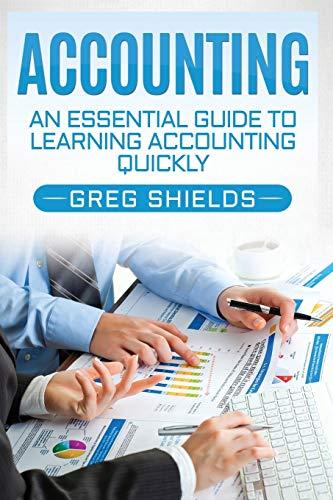Problem 95 Clinton Ltd is a small company, which was established a year ago to produce and sell two products, A and B within a local area. Two local competitors also produced A, but B was a new development and there was no competitor in the market. Although their prime costs are very different, each product requires the same number of machine hours to produce one unit. The finance director has based the selling prices upon the manufacturing cost plus a mark-up of 25% to cover non manufacturing costs and profit. The following figures apply: Budgeted output (units) 700 1,400 E Prime cost 80.00 9.00 Overhead (8 machine hours) 15240 152.40 232.40 161.40 Mark-up (25% of cost) SAN 4025 Selling price 290.50 20125 As the other producers of A maintained their previous selling price of E380 per unit, the company has had no difficulty in attaining the desired sales of 700 units of A. Balso sold well and the target of selling 1,400 units has been achieved. The company achieved full recovery of overheads The management director has just heard that both competitors have announced their intention to stop producing A. However, one of them has also declared that they will be starting to produce B and will offer it for sale at 160 per unit, undercutting Clinton's seling price of B. The management director has sought your advice and after some investigation you have established the following additional information The production process comprises two distinct cost centers, Assembly and Finishing 1 (1) The machine hours required to produce each product are: A B Machine hours in: Assembly 2 Finishing 5 Total 8 The aggregate overhead budgeted and spent in the first year, 320,000 is attributable as follows: E000 Assembly 240 Finishing 80 Total 320 Required: (a) Explain with supporting calculation how the finance director's allocation of 152.40 overhead cost per unit of both products would have been arrived at. Comment on this method and its potential effects on business decisions (b) Prepare product costs and selling prices using an alternative allocation of overheads to A and B and support your method with reasoned arguments. Offer your suggested explanation for the competitors' behavior and advise the managing director (c) Briefly discuss the issue of, and methods for, allocating non-manufacturing overheads to products. Problem 95 Clinton Ltd is a small company, which was established a year ago to produce and sell two products, A and B within a local area. Two local competitors also produced A, but B was a new development and there was no competitor in the market. Although their prime costs are very different, each product requires the same number of machine hours to produce one unit. The finance director has based the selling prices upon the manufacturing cost plus a mark-up of 25% to cover non manufacturing costs and profit. The following figures apply: Budgeted output (units) 700 1,400 E Prime cost 80.00 9.00 Overhead (8 machine hours) 15240 152.40 232.40 161.40 Mark-up (25% of cost) SAN 4025 Selling price 290.50 20125 As the other producers of A maintained their previous selling price of E380 per unit, the company has had no difficulty in attaining the desired sales of 700 units of A. Balso sold well and the target of selling 1,400 units has been achieved. The company achieved full recovery of overheads The management director has just heard that both competitors have announced their intention to stop producing A. However, one of them has also declared that they will be starting to produce B and will offer it for sale at 160 per unit, undercutting Clinton's seling price of B. The management director has sought your advice and after some investigation you have established the following additional information The production process comprises two distinct cost centers, Assembly and Finishing 1 (1) The machine hours required to produce each product are: A B Machine hours in: Assembly 2 Finishing 5 Total 8 The aggregate overhead budgeted and spent in the first year, 320,000 is attributable as follows: E000 Assembly 240 Finishing 80 Total 320 Required: (a) Explain with supporting calculation how the finance director's allocation of 152.40 overhead cost per unit of both products would have been arrived at. Comment on this method and its potential effects on business decisions (b) Prepare product costs and selling prices using an alternative allocation of overheads to A and B and support your method with reasoned arguments. Offer your suggested explanation for the competitors' behavior and advise the managing director (c) Briefly discuss the issue of, and methods for, allocating non-manufacturing overheads to products








